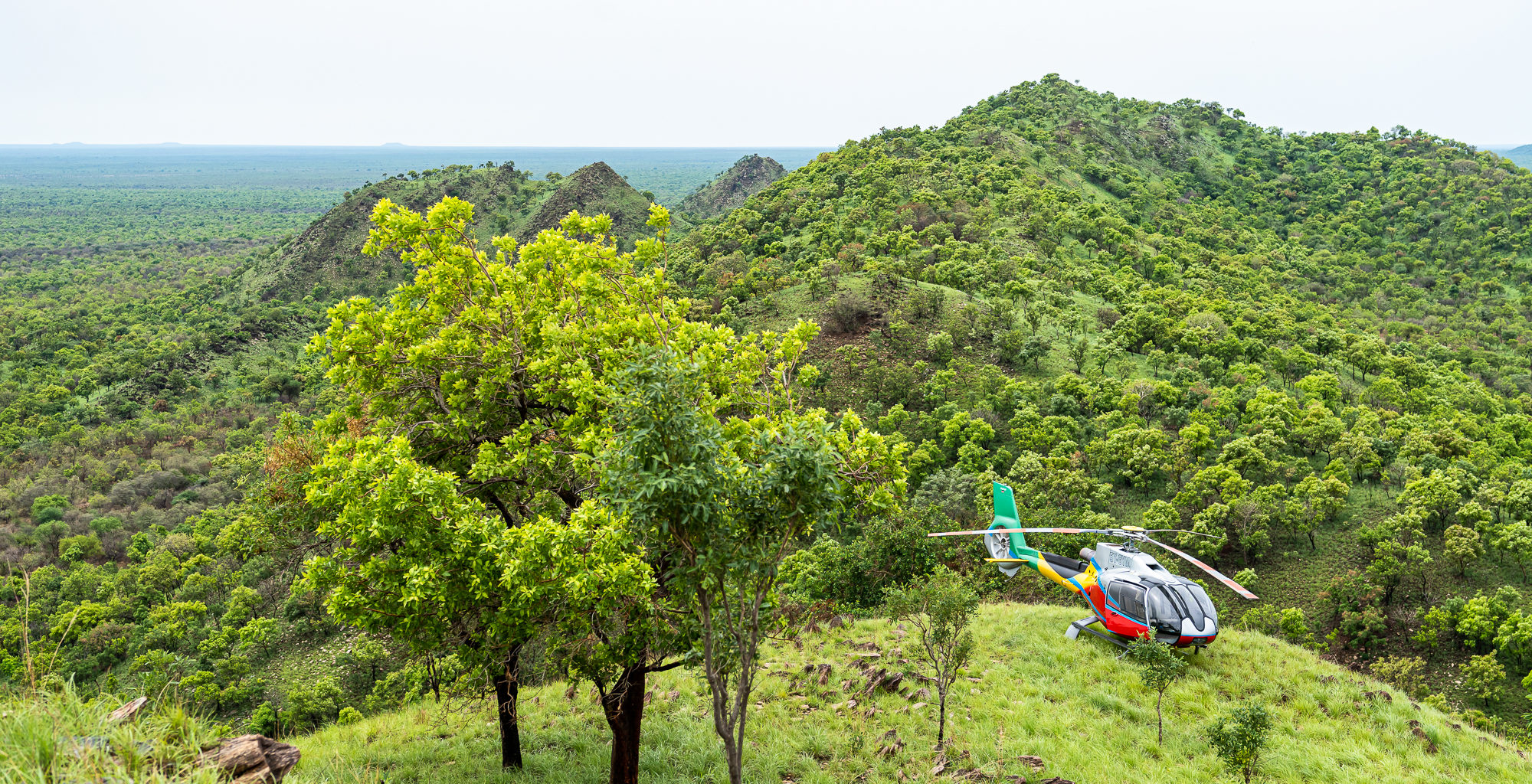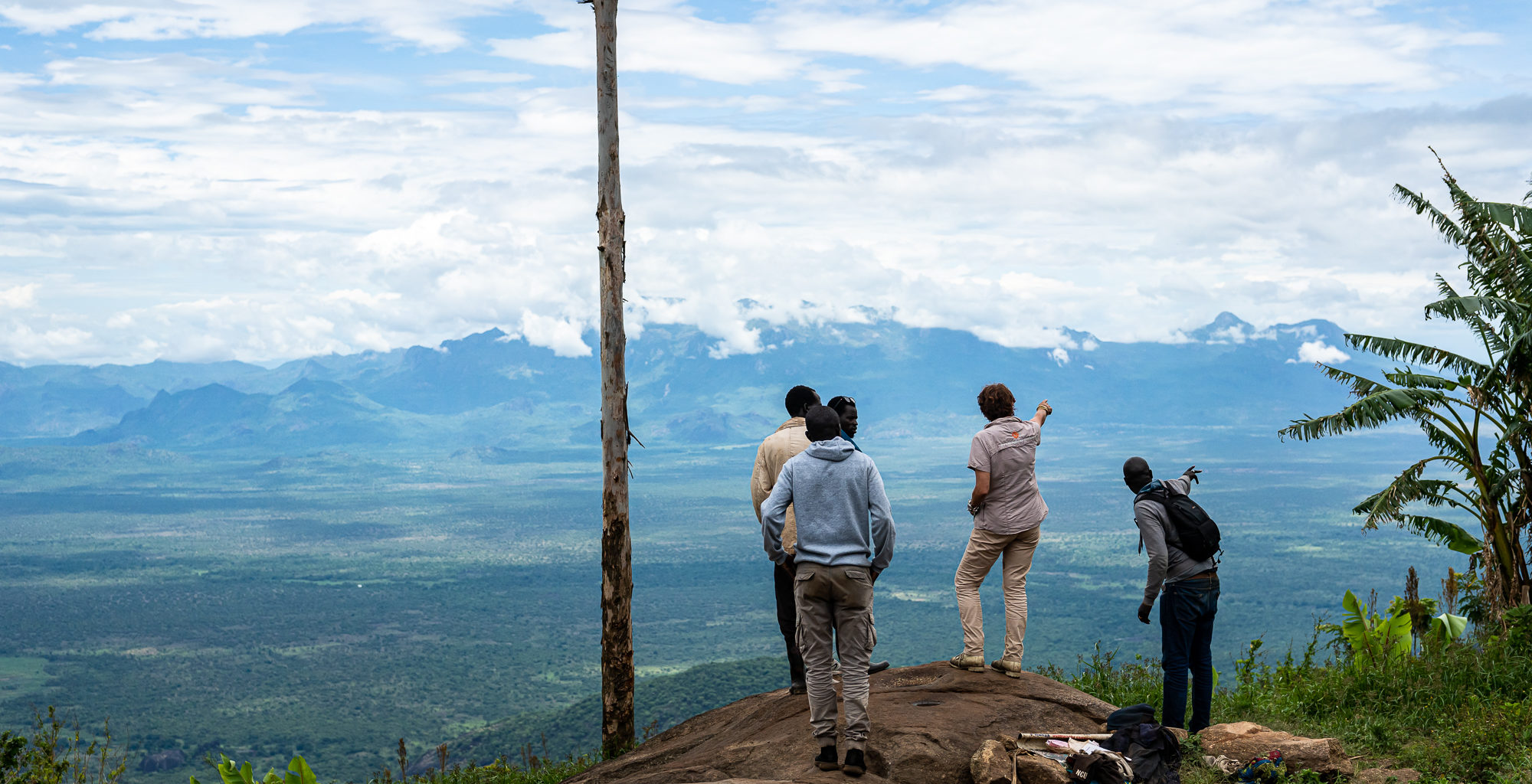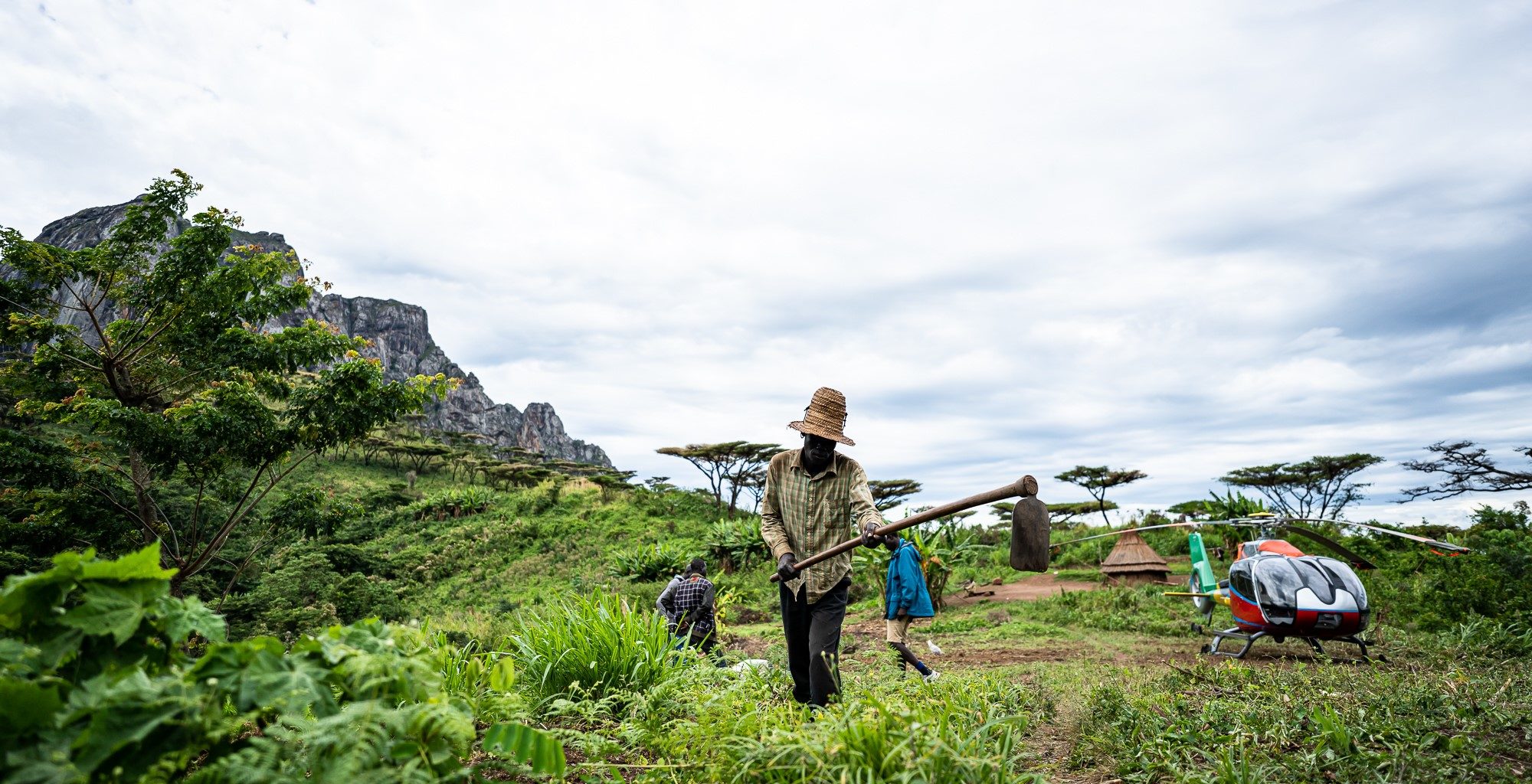In a country famed for its vast flat savannahs and wetlands, the Imatong Mountains stand as a striking and beautiful anomaly. The area is South Sudan’s finest example of an Afromontane region – broken chains of forested mountains which are found across the continent, but most notably along the East African Rift. Separated by lowlands, these high-altitude ‘sky islands’ result in distinct and often spectacular ecosystems.
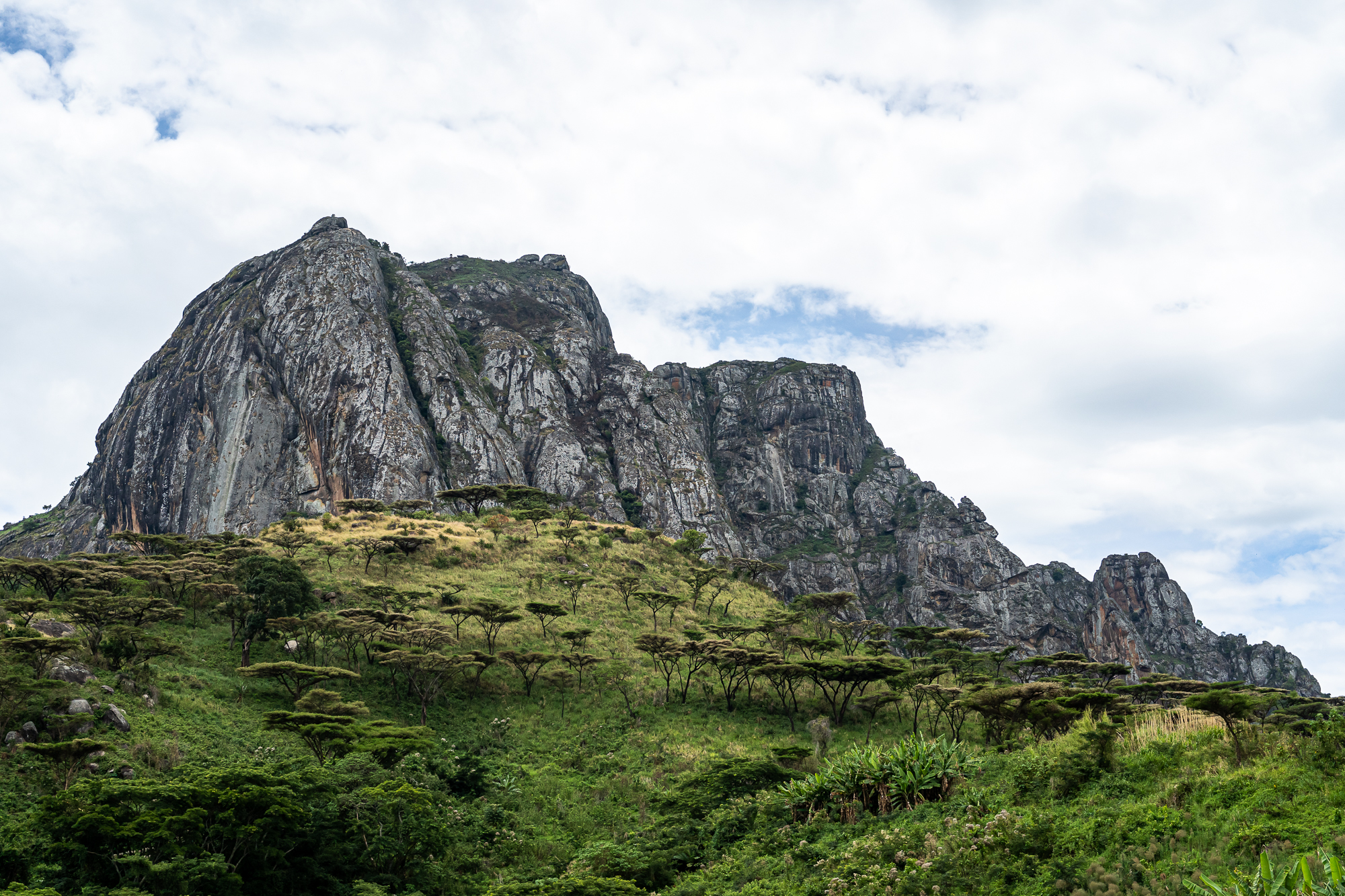
Located some 200 kilometres southeast of Juba, the Imatong range is a breathtaking series of steep forested slopes, green valleys, lakes, and streams. The mountains rise up from their surrounding plains in Eastern Equatoria state and form a natural border with neighbouring Uganda to the south.
At 2,500 metres, Mount Imatong is in fact only the second-highest peak in the range, surpassed by Mount Kinyeti which reaches 3,180 metres. Kinyeti also lends its name to a valley and river which cuts through the mountain chain, running northward alongside other streams which collectively drain into the Badigeru Swamp.
The forests which cover the mountainsides provide a home to diverse species of wildlife, including African rock python, mountain reedbuck and colobus monkey. Perhaps even more impressive is the variety of birdlife that the area contains, from grey-headed nigrita and white-headed saw-wing to the eye-catching emerald cuckoo and yellow-billed barbet.
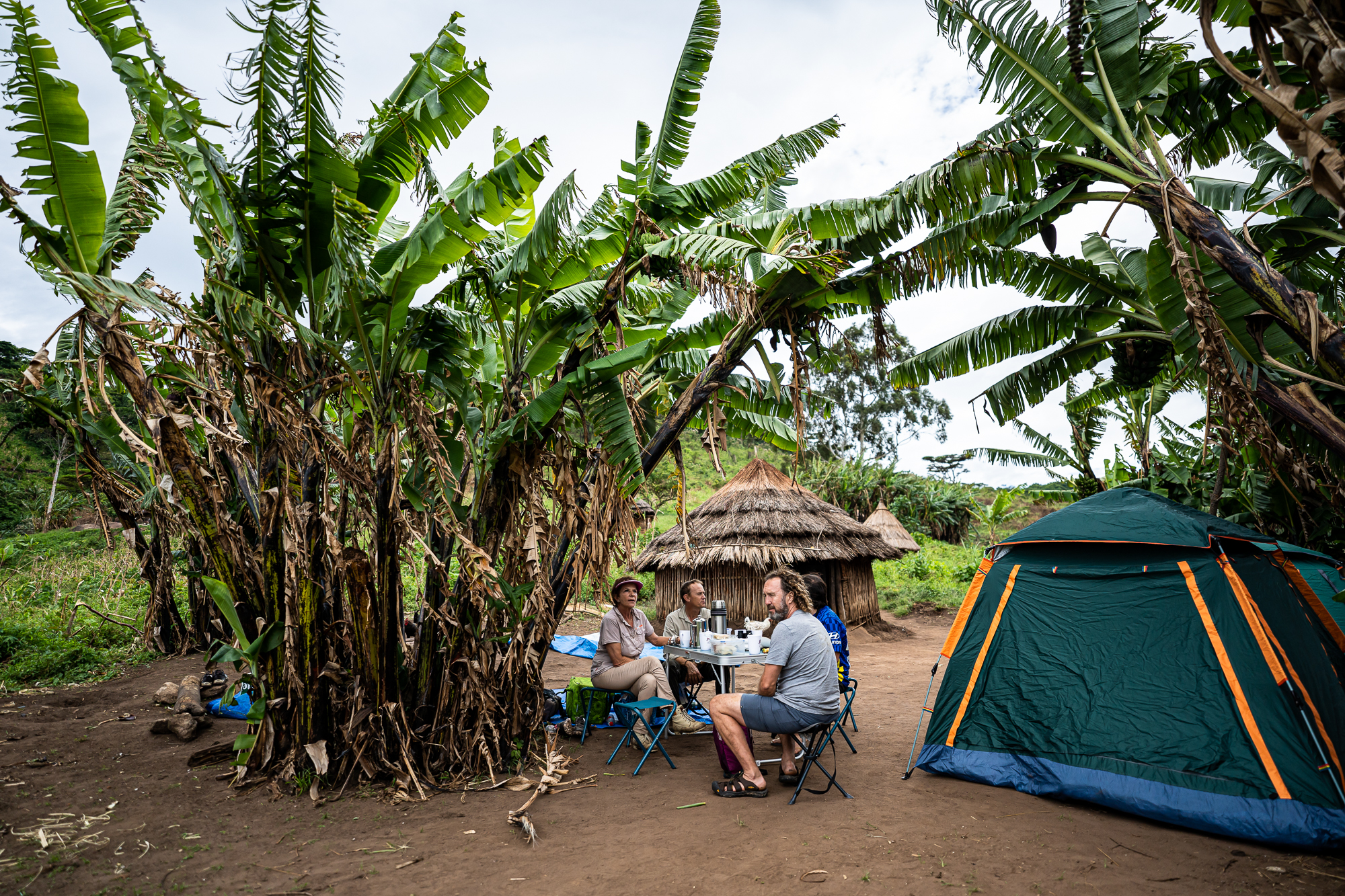
Nilotic peoples, including the Lango, Acholi, and Lotuko have also thrived in and around the mountains for centuries through subsistence farming and hunting. Yet Imatong’s thick vegetation and deep valleys have proved both a blessing and a curse, offering refuge to warring guerilla factions throughout years of conflict.
Today, the mountains have returned once again to their peaceful solitude. Yet the area now faces a new challenge. Deforestation of Imatong’s foothills for agricultural purposes is altering its delicate ecological balance and threatening to affect the reliability of the Kinyeti River, upon which thousands of people depend. Soil erosion in these lowlands has also led to forest clearance and farming at higher elevations of the mountain range in recent years.
Thankfully a large proportion of the area falls within the Imatong Central Forest Reserve, offering vital sanctuary to the mountains’ flora and fauna. Increased recognition of the region’s vulnerability has also spurred a proposal to elevate the reserve’s status to that of a national park. If successful, this may significantly strengthen protections for this extraordinary corner of the country.
Please note that we use the mobile Imatong Mountains Adventure Flycamp as accommodation when in this area.


